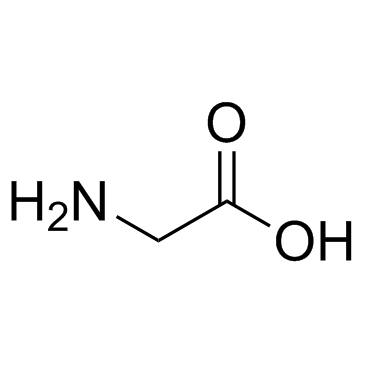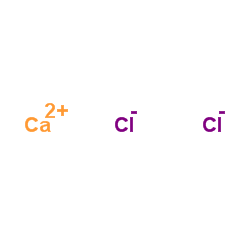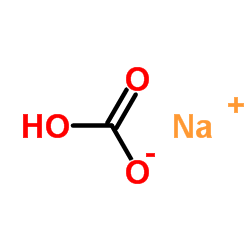| Structure | Name/CAS No. | Articles |
|---|---|---|
 |
sucrose
CAS:57-50-1 |
|
 |
sodium chloride
CAS:7647-14-5 |
|
 |
Glycine
CAS:56-40-6 |
|
 |
Calcium chloride
CAS:10043-52-4 |
|
 |
magnesium sulfate
CAS:7487-88-9 |
|
 |
SodiuM bicarbonate
CAS:144-55-8 |
|
 |
SODIUM CHLORIDE-35 CL
CAS:20510-55-8 |
|
 |
(−)-Strychnine
CAS:57-24-9 |
|
 |
Aminomethylphosphonic acid
CAS:1066-51-9 |
|
 |
calcium chloride dihydrate
CAS:10035-04-8 |